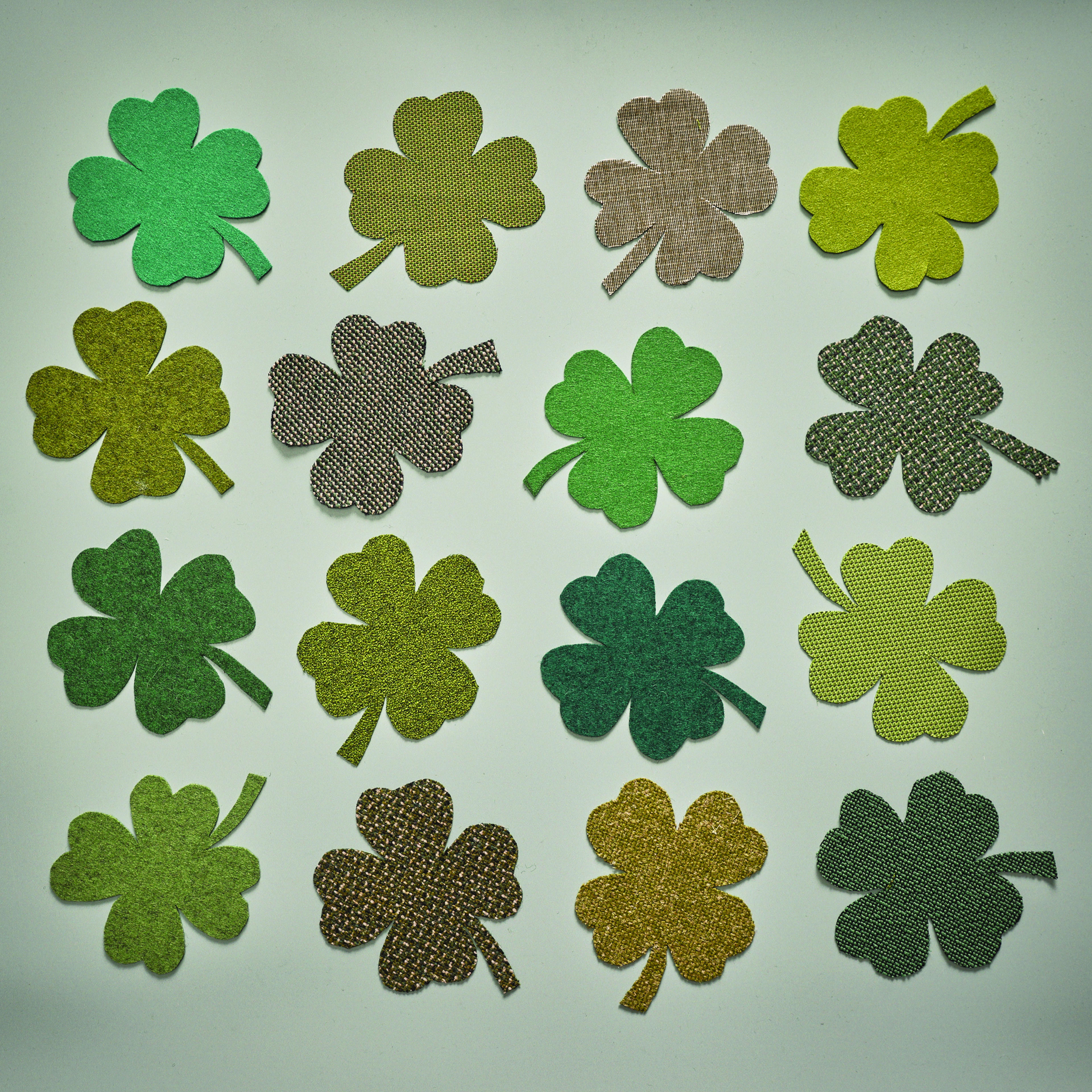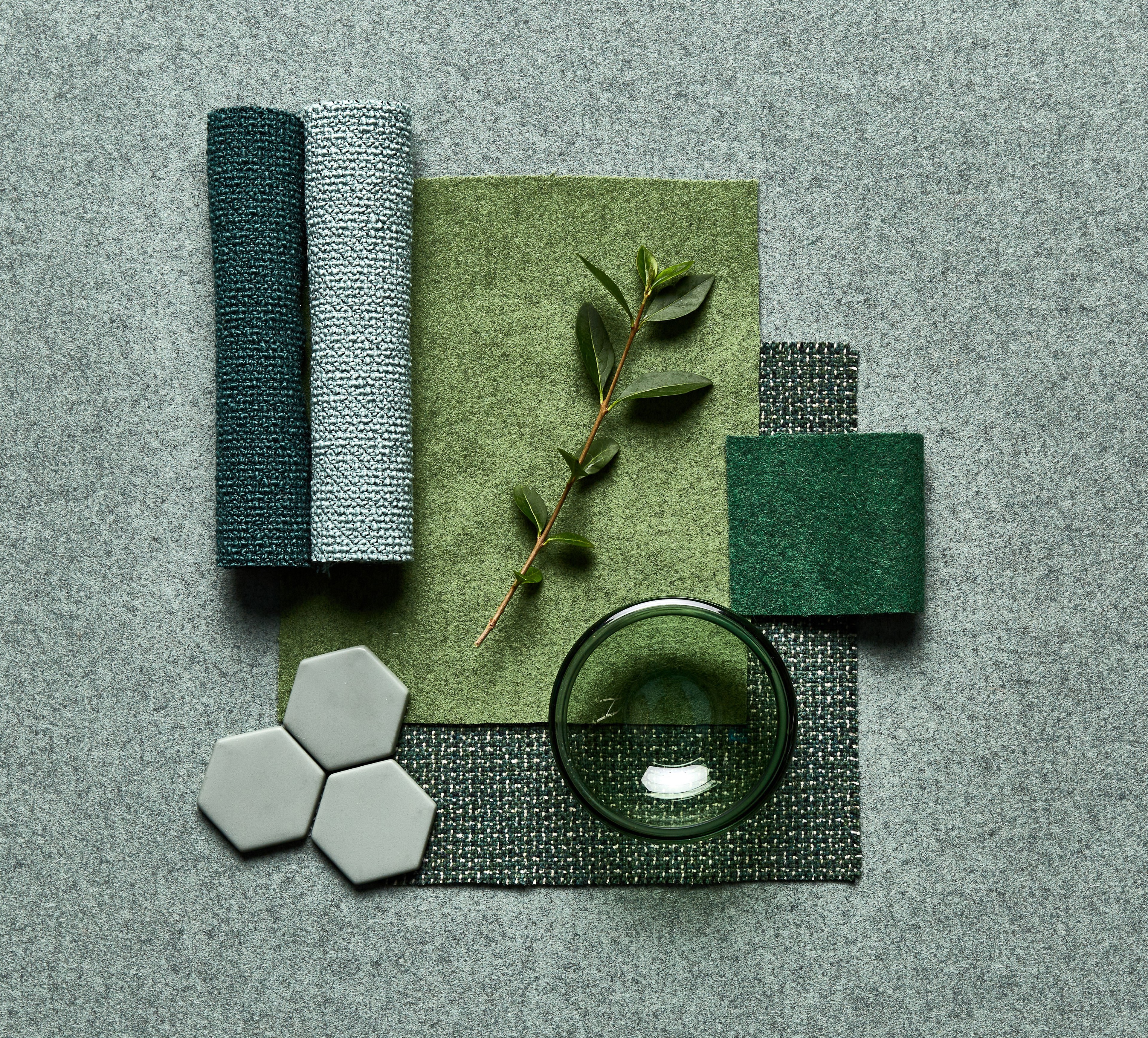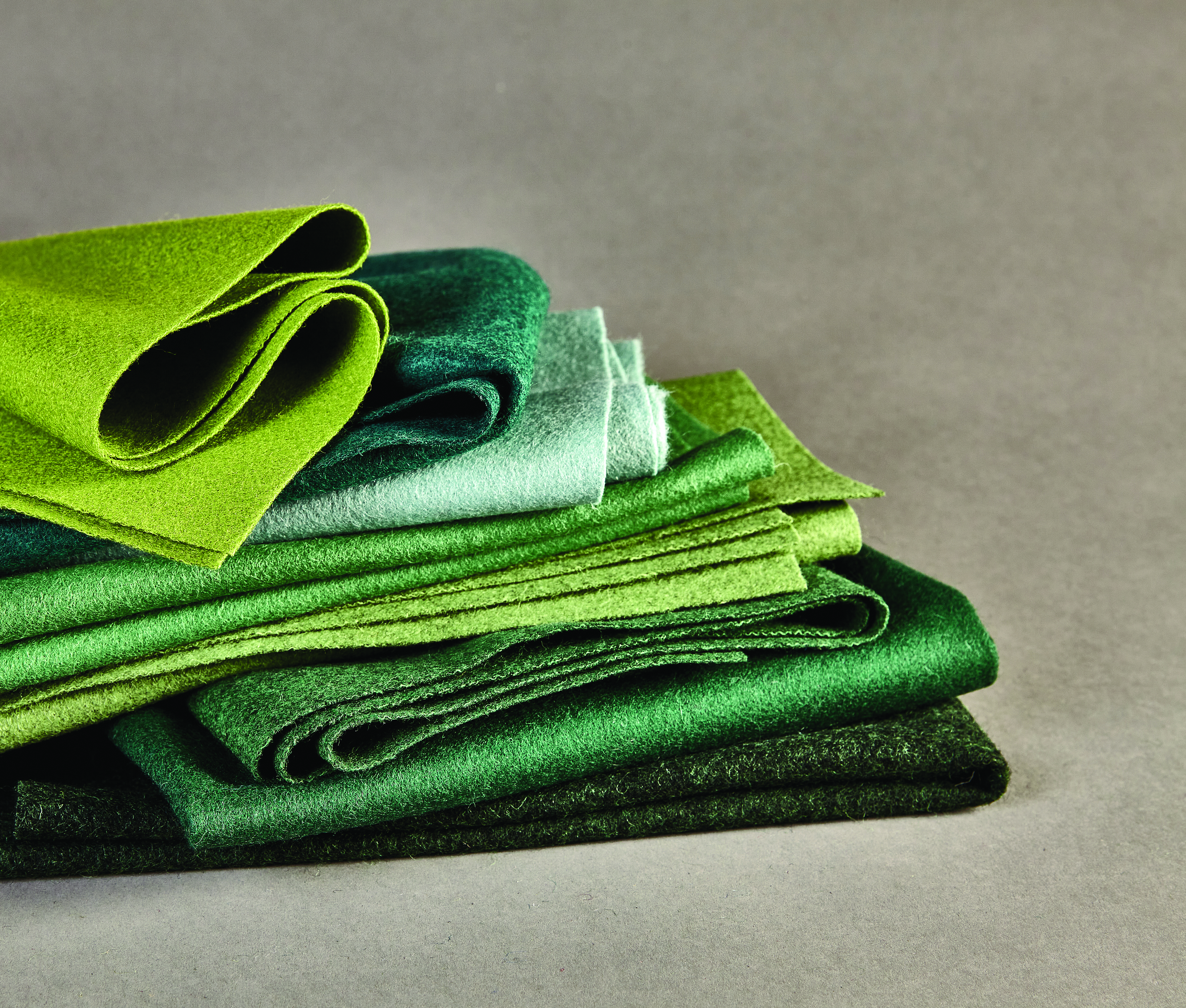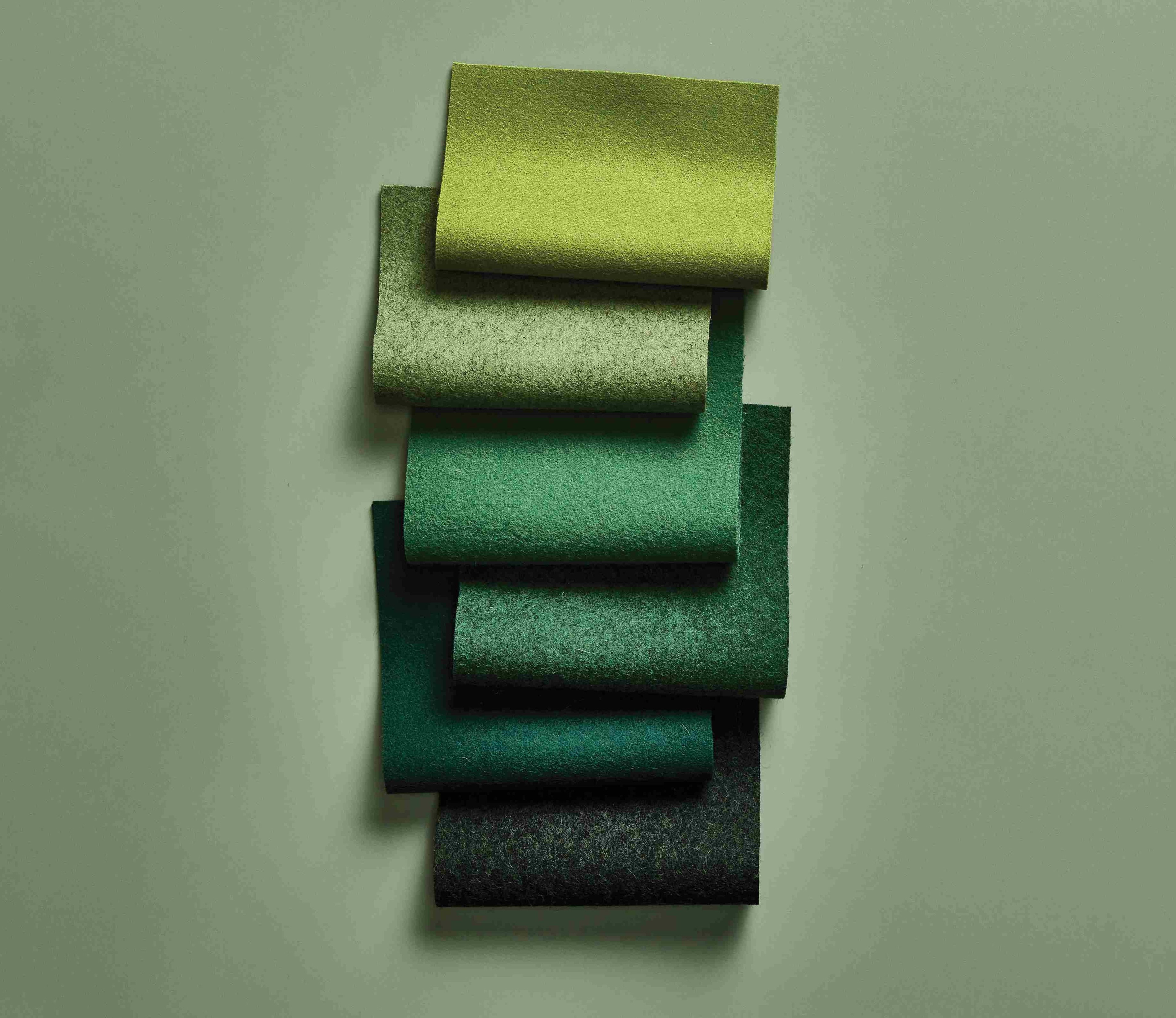
Green beyond St Patrick’s Day: A year-round favourite
While green might take centre stage during St. Patrick's Day, its appeal doesn’t fade with the annual Irish holiday - Green remains one of the top choices for commercial and hospitality interiors year-round. Thanks to its versatility and connections to biophilic design – green provides a solid foundation to explore a wide range of shades—from deep emeralds to soft pastels—ensuring there's something to suit every interior.
A versatile colour for all seasons
Whether aiming for rich forest greens, or soft, muted sage tones, green offers an incredible range of shades that can seamlessly fit into any interior. Whether it's used as a bold statement or as a more subtle accent, green has the unique ability to adapt to various design themes, from contemporary urban spaces to more traditional settings. Its calming and refreshing qualities make it ideal for creating interiors that promote well-being, making it particularly popular in both residential and commercial environments.
In fact in 2024, green was not just a passing trend for Camira—it was the most searched for colour on our website. This further demonstrates the staying power of green, showing that its appeal is not limited to any one season, but rather a year-round favourite.

The power of green: symbolism and significance
Beyond its aesthetic appeal, green holds a special place in cultural history. The association with St. Patrick’s Day is one of the most well-known—green has long been connected with Ireland’s lush landscapes, earning it the title of the "Emerald Isle." But the symbolic importance of green stretches far beyond this. Historically, green has represented growth, renewal, and prosperity.
It’s a colour closely tied to nature and the natural world—signifying life, harmony, and balance. For centuries, green was thought to have magical properties, often linked with the folklore of leprechauns and invisibility on St. Patrick’s Day.

The rise of biophilic design
As the world increasingly embraces a deeper connection with nature, green has taken on even more significance in design. The pandemic, which confined many to their homes, has had a lasting effect on interior design trends. As people sought to reconnect with nature during those difficult times, green became a colour of refuge—a way to "bring the outdoors in." This desire for a natural, calming aesthetic has led to green being embraced not only in hospitality and commercial interiors but also in residential spaces, as people continue to seek out environments that feel organic, refreshing, and grounding.
The growing trend of biophilic design, which aims to bring elements of nature into indoor spaces, has only solidified green’s role in interiors. By incorporating plants, natural textures, and materials inspired by the outdoors, biophilic design enhances the connection between people and the natural world—creating spaces that feel energising, restorative, and inherently healthy.

Sustainability at the forefront
Another key reason for green’s enduring popularity in modern design is its connection to sustainability. As more and more companies and designers are prioritising environmental responsibility, green becomes a natural choice—not just as a colour, but as a reflection of a commitment to the planet. Textiles made from sustainable materials, such as post-consumer recycled polyesters like Quest and Oceanic, are growing in demand. These materials give new life to discarded plastics, contributing to a reduction in waste and a smaller environmental footprint.
Additionally, plant-fibre and wool blends, such as Camira’s ReSKU 2.0 and Revolution, are another excellent example of how we are able to marry aesthetic appeal with sustainability. These materials bring texture, depth, and warmth to any interior while simultaneously supporting sustainable practices in textile production.

The versatility of green, combined with its symbolic power and connection to sustainability, ensures that this colour remains a key player in design long after the parades and celebrations of St. Patrick’s Day have ended.
For interior designers, architects, and brands looking to create thoughtful, engaging, and environmentally conscious spaces, green offers the perfect foundation—both as a timeless colour choice and a reflection of our collective commitment to a greener, more sustainable future.